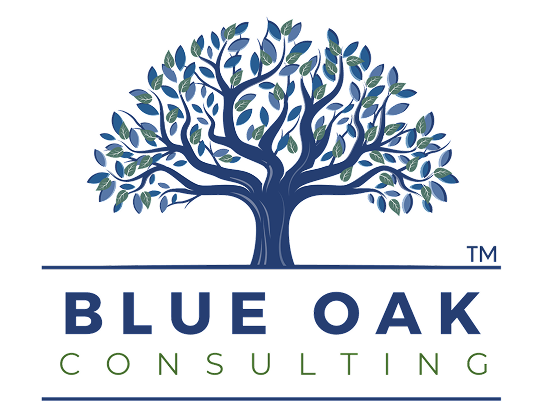Why great business decisions come from aligning what’s inside your company with what’s happening outside it.
Ever launched a product that should’ve worked—but didn’t?
Or passed on an opportunity that later exploded for someone else?
Most of the time, it’s not about luck. It’s about fit—how well your internal capabilities line up with what the market actually needs.
In other words:
You don’t just need a strategy. You need a strategic fit.
Let’s break it down.
What Does “Strategic Fit” Actually Mean?
Think of it as two forces constantly shaping your business:
- External Forces — What’s happening in the world around you
- Customer demand
- Competitor behavior
- Technology shifts
- Supply chain volatility
- Regulatory changes
- Customer demand
- Internal Capabilities — What you can realistically deliver
- Operational strengths
- Cost structure
- Talent and leadership
- Systems and tools
- Cash and capital
- Operational strengths
When those two align, your strategy has teeth.
When they don’t? You burn cash chasing something you’re not built for.
Why “Good on Paper” Isn’t Good Enough
A strategy that sounds good but ignores your internal limits? That’s a recipe for overreach.
Example:
You want to enter a high-volume, low-margin market to boost sales. But your operations are built for small-batch, high-customization runs.
Looks exciting—until your floor can’t keep up, your margins vanish, and your team is buried in rework.
✔ Strategic fit forces you to ask: “Can we actually execute this with excellence?”
Or Worse: You Undersell What You’re Great At
The reverse is just as risky.
Maybe you’ve built a lean, fast, flexible production model—but you’re chasing legacy accounts that only care about price.
You’re not losing because you’re weak. You’re losing because you’re not playing to your edge.
Strategic fit is just as much about focus as it is about capability.
How to Build Strategic Fit (Without a Whiteboard Session)
You don’t need a 100-slide deck to do this. Start here:
Step 1: Audit Your External Environment
- What trends are changing your customers’ expectations?
- Where are competitors gaining ground—and where are they falling short?
- Are new technologies or platforms reshaping how work gets done?
Step 2: Audit Your Internal Reality
- What do we actually do better than most?
- Where are we hitting constraints—cash, people, time, tools?
- What are we pretending to be good at (but aren’t)?
Step 3: Match, Don’t Force
- Prioritize plays that align with your real strengths
- Say no to attractive distractions that don’t fit
- Build capability before committing to strategic shifts
Alignment Beats Ambition
Growth doesn’t come from bold ideas alone. It comes from aligning those ideas with what your business can truly deliver—and what the market is hungry for.
The companies that win don’t just chase opportunities. They choose the ones they’re built to own.
👉 Learn more at blueoakconsulting.net





